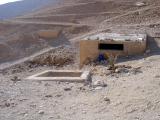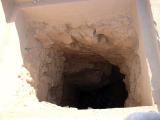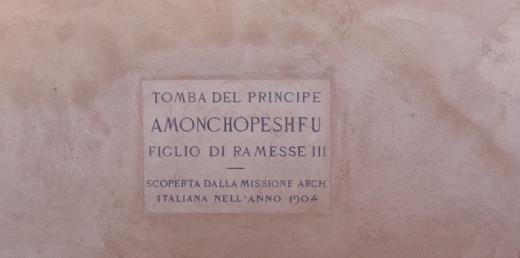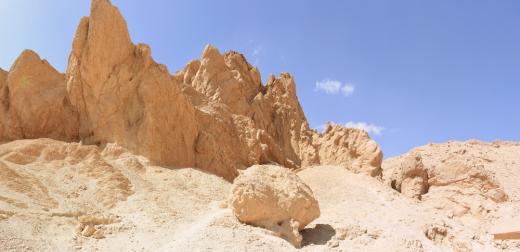QV 18
Anonymous*
About
About
QV 18 is a single-chambered shaft tomb located on the south side of the main Wadi behind a low natural mound into which a number of tombs are cut. It lies above the footpath to the south of the main path. The relatively deep shaft has a modern cemented masonry surround spanned by a metal grill.
Elizabeth Thomas was unable to enter the tomb, but noted that it contained a small amount of debris fill and had a typical layout. She suggested that Ernesto Schiaparelli’s mission may have cleared it in 1903-1905. The tomb was last cleared in 1987-88 by the Franco-Egyptian team. Based on the archaeological material recovered at that time, it appears that the tomb was constructed during the reign of Amenhotep Ill and reused during the Third Intermediate Period.
Site History
The tomb was constructed in the 18th Dynasty, during the reign of Amenhotep Ill, and reused during the Third Intermediate Period.
Dating
This site was used during the following period(s):
Exploration
Conservation
Site Condition
According to the GCI-SCA, the tomb is generally stable, though the rock surface in the chamber is extensively blackened. The ceiling of the chamber is extensively fractured. At least one bat was recorded by the GCI-SCA assessment team and accumulated droppings on the floor are evidence of long-term habitation. A bird's nest was also noted in the shaft and an old wasp nest in the main chamber. Trash littered the floor of the shaft and entry to the main chamber and was removed in 2007.
While the location of the tomb's opening is relatively high up from the bottom of the side drainage created by the footpath, the shale within the tomb is susceptible to damage if flooded.

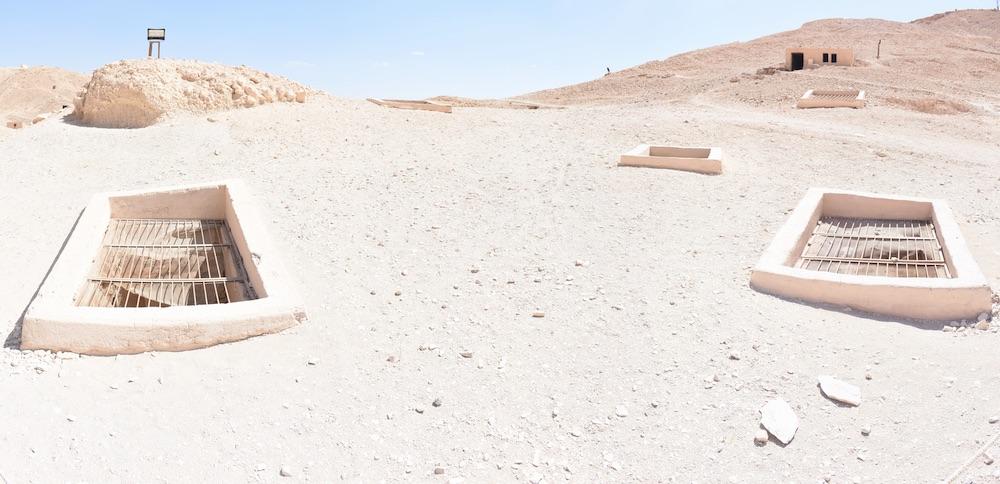

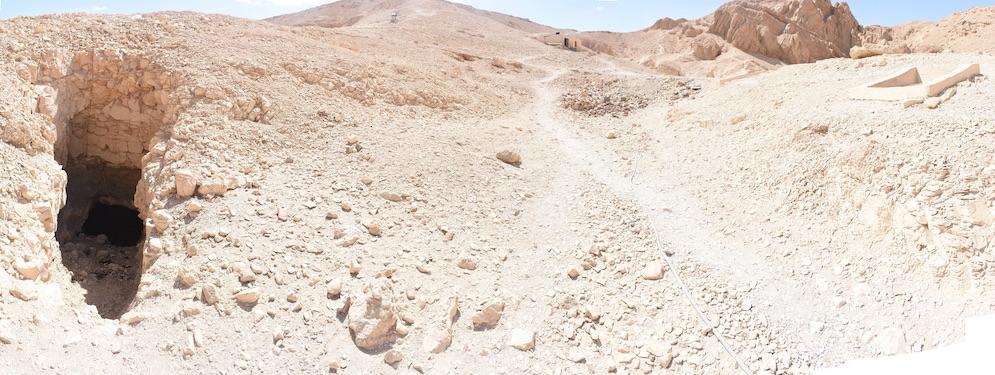
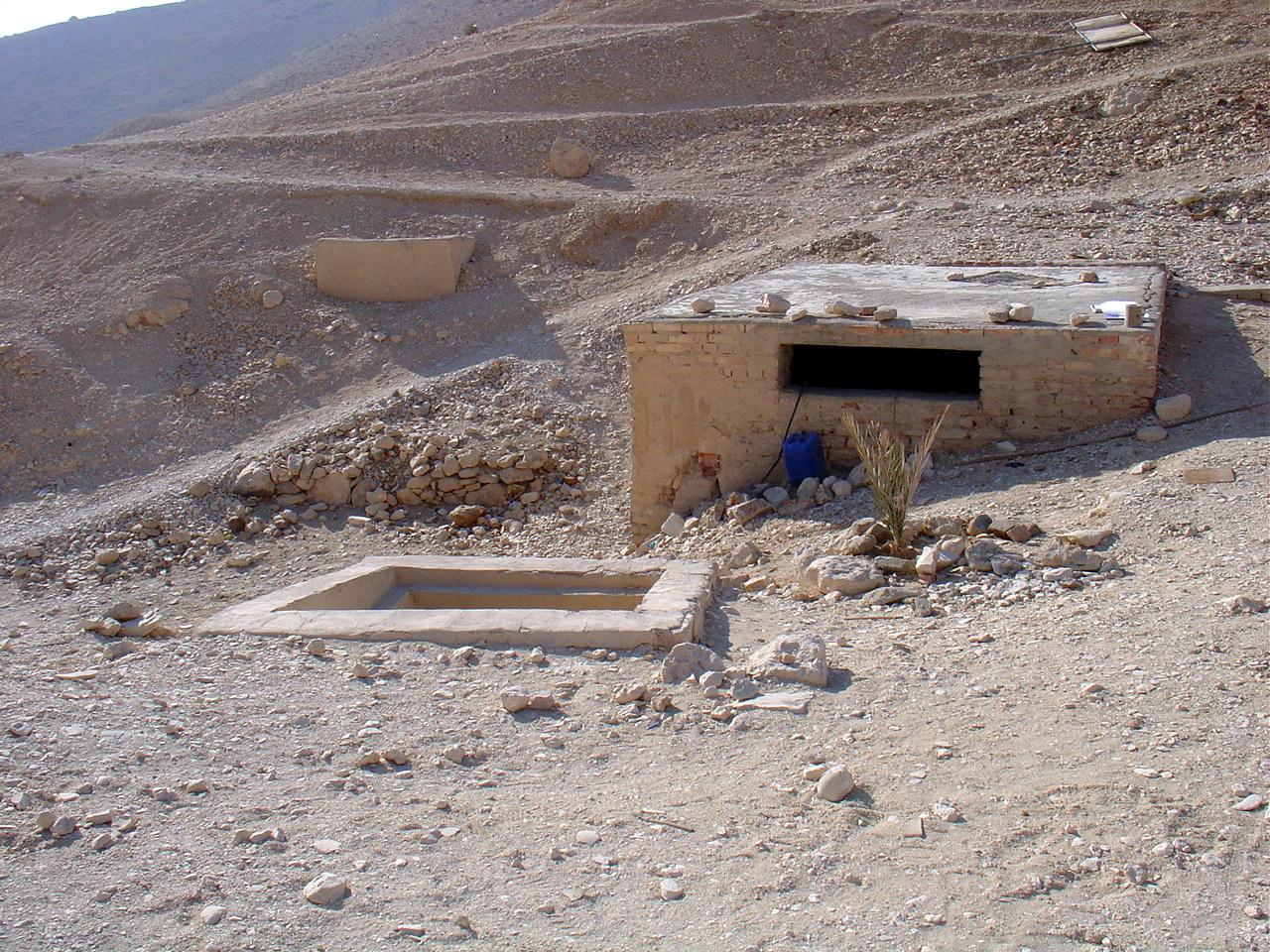
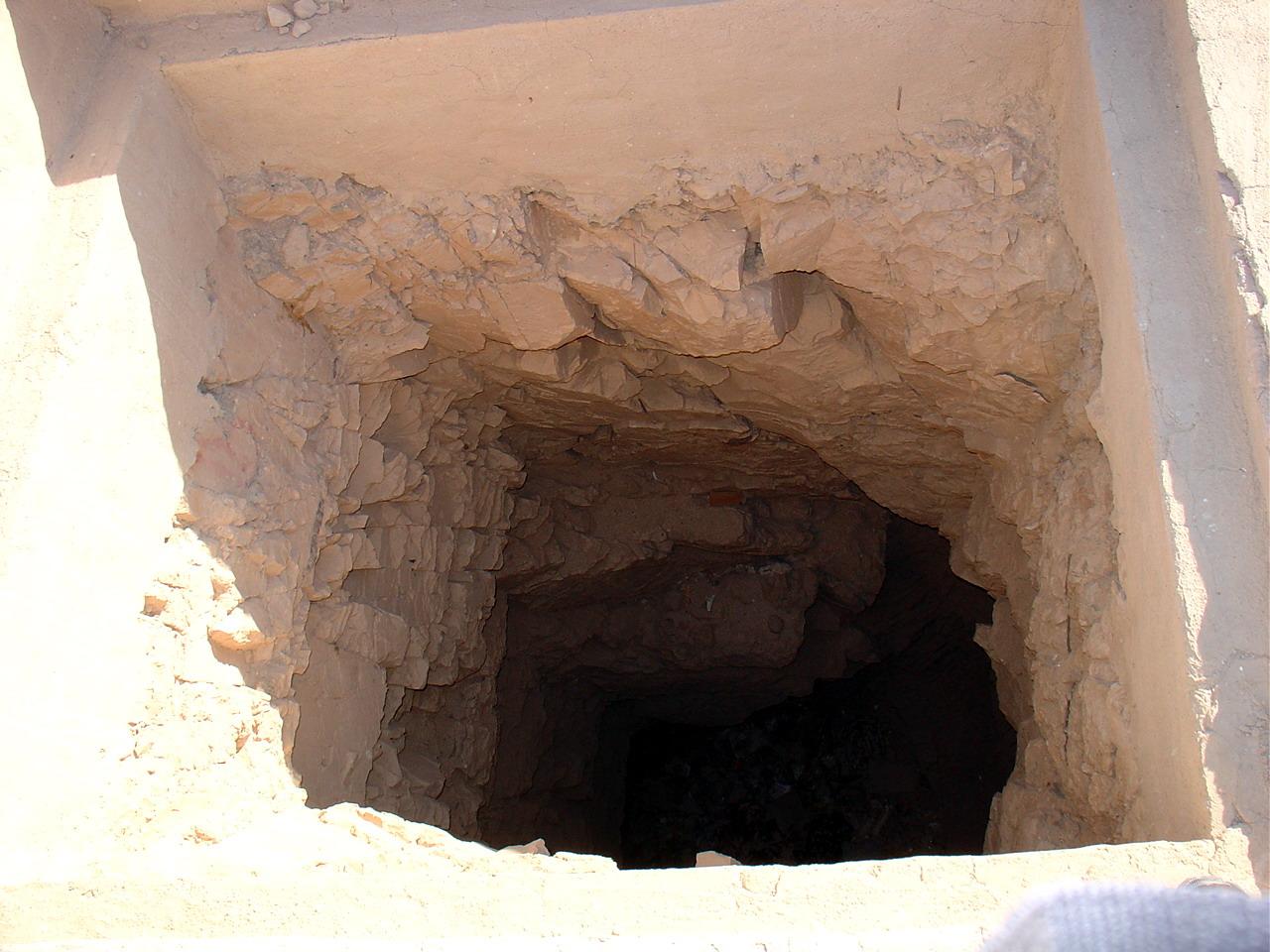
Articles
Tomb Numbering Systems in the Valley of the Queens and the Western Wadis
Geography and Geology of the Valley of the Queens and Western Wadis
Bibliography
CNRS mission report: Centre national de la recherche scientifique (France). Rapport d'activité 1987-1988 URA no. 1064, 1987-1988.
Demas, Martha and Neville Agnew (eds). Valley of the Queens. Assessment Report. Los Angeles: The Getty Conservation Institute, 2012, 2016. Two vols.
Loyrette, Anne-Marie and Magdi Fikri. Un ensemble céramique du Nouvel Empire - Vallée des Reines: tombe 18. Cahiers de la céramique égyptienne, 2 (1991): 11-16.
Thomas, Elizabeth. The Royal Necropoleis of Thebes. Princeton: privately printed, 1966.





